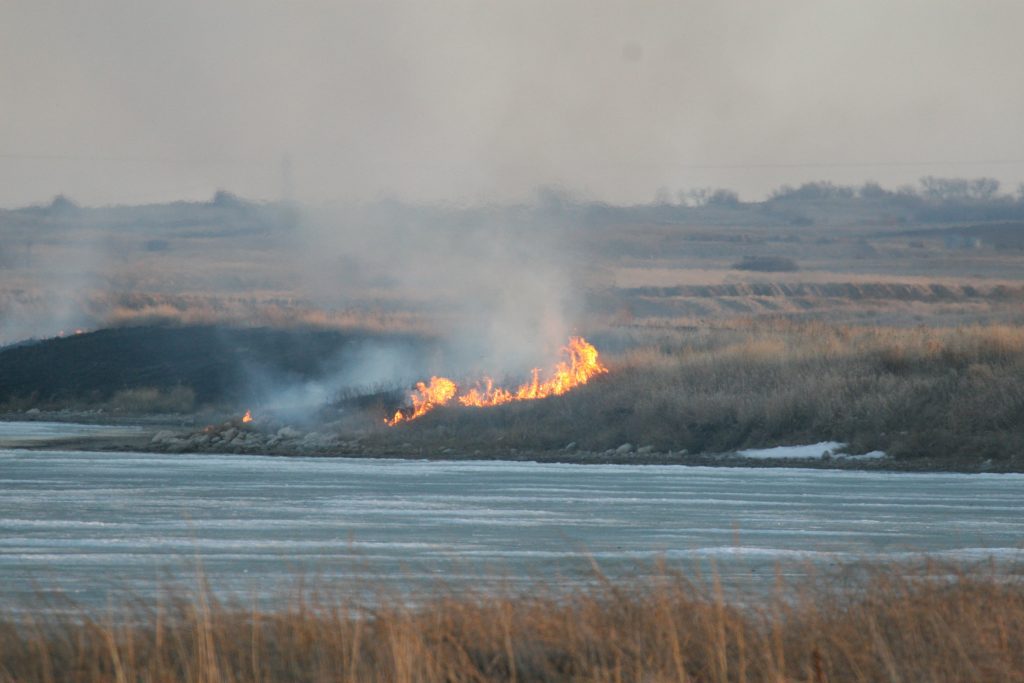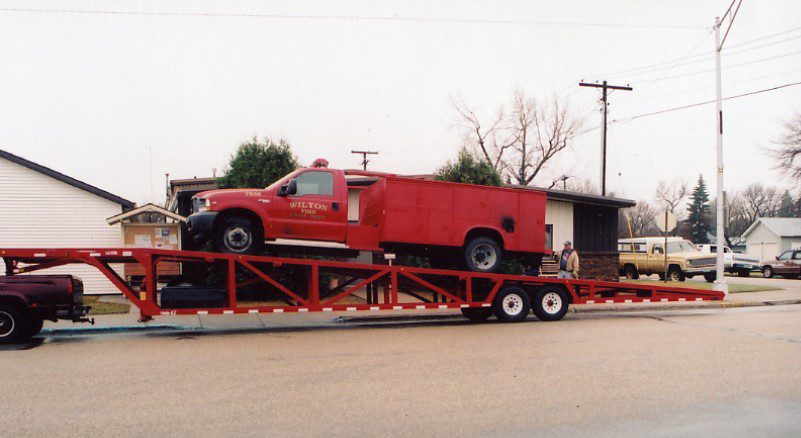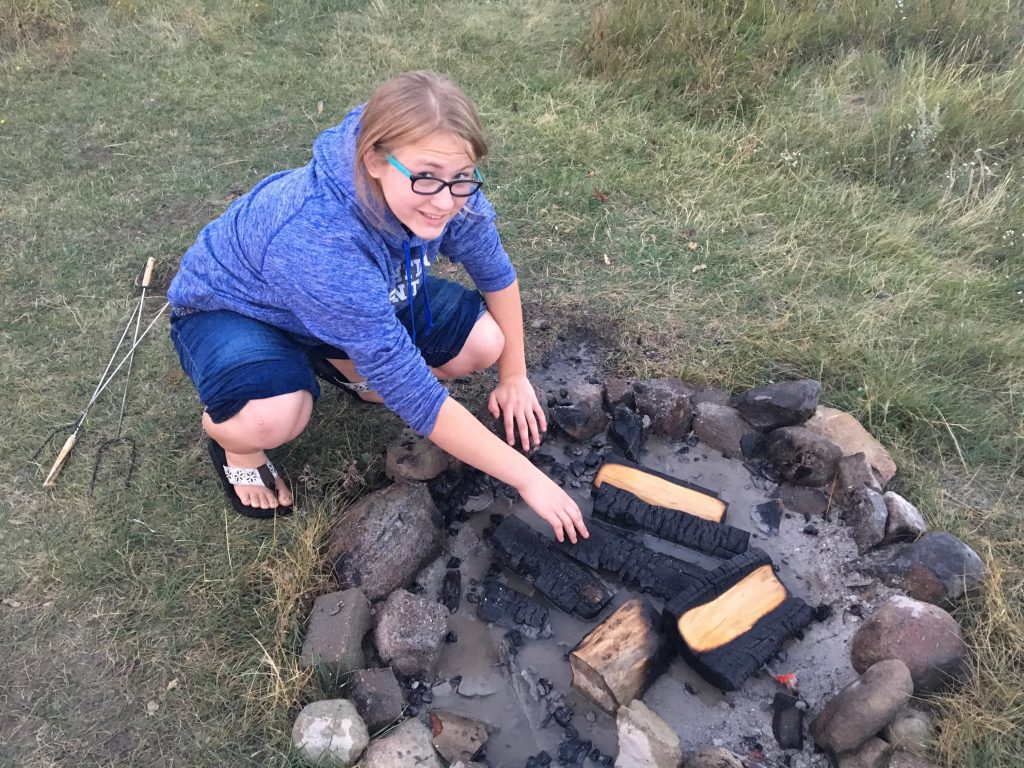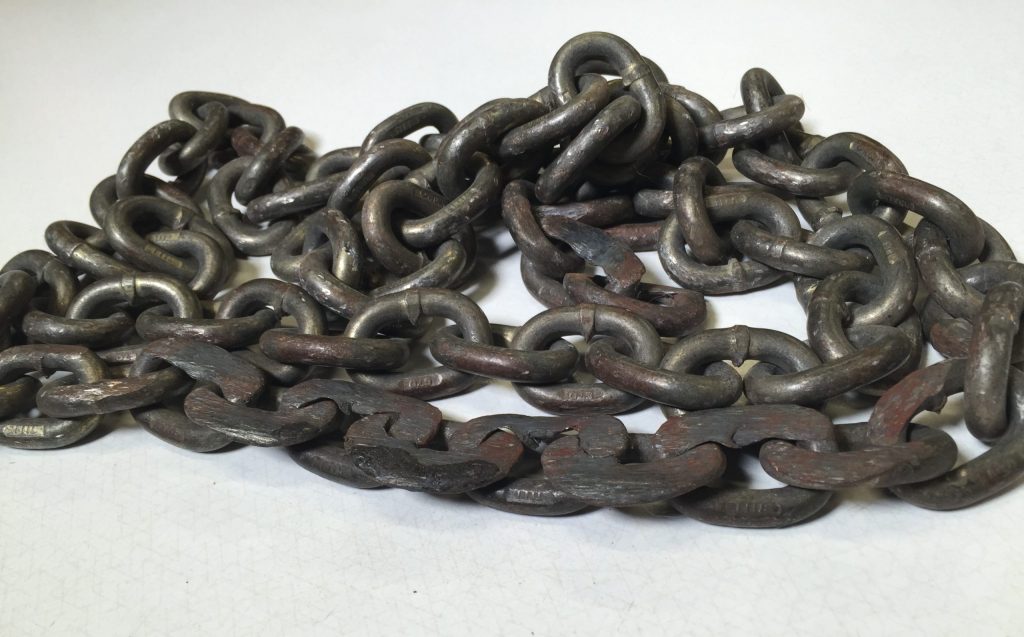

One thing Mother Nature will teach you is that what you think you know may not be true. This reality highlighted itself back when our family was learning how to archery deer hunt. One evening as Peter and I were getting out of the tree stand we heard the shrillest noise we had ever heard in the wilderness. The noise was so loud and nasty that it sent chills down my back.
Peter and I talked it over and figured it had to be an owl or raccoon to make such a noise. Low and behold, a couple of days later we learned it was a whitetail doe. Go figure, I never would have guessed a doe could sound so nasty, but they do.
The same scenario plays out every year with people and fire. March and April mark the traditional spring fire season in North Dakota. There are a lot of misconceptions out there based on what people observe and then make up their own conclusions. Pair these innocent misconceptions with a fear of fire and you get bad decisions.

I’m speaking from experience not pointing a finger. Seventeen years ago, when I was involved in a burnover as a volunteer firefighter, I knew that my truck was going to explode, because that's what we saw on TV. The reality is the gas tank vented and later that day somebody drove the firetruck I was injured on back to the fire, not knowing it was the one involved in the accident.
I spent the last 17 years learning and understanding fire and have had the opportunity to be part of an incident management team that has gone to some of the largest fires in the country to put them out. What I've learned over that time is how important it is to work with facts and not rumors and respect fire instead of fearing it. So, let’s take a quick look at the most common causes of North Dakota's spring wildfires and what it takes to make a wise decision when it comes to fire.
The first misconception many people have about spring fire season in North Dakota is when it starts and when it ends.
Because North Dakota is a prairie state, the primary fuel for a fire to burn is grass, which isn't news to anyone. What most people don't understand, however, is that grass only takes an hour to gain or lose moisture that matches the change in relative humidity.
This means on a hot, dry day with wind, grass can become dry enough to burn even if there's snow underneath it. The same is true when we get a wet day.
Grass will accept moisture and become very difficult or impossible to burn in as little as an hour. This is why the Fire Danger Rating can change daily and can go from low or medium to very high or extreme from day to day.
Spring fire season in North Dakota starts as soon as there's dead, dry grass available to burn and runs until spring green up, sometime in April or May. This is because green grass has enough moisture in it to slow or prevent fires.
I'll dig into the weeds a little more on actual fire data in the upcoming weeks, but the reality of spring fire season in North Dakota is most wildfires are caused from equipment or controlled burns that get away. And then when it comes to controlled burns that get away, it can be a farmer burning a field or a burn barrel in a yard or a campfire. When it comes to equipment fires, it’s narrowed down to four main things: mufflers, bearings, tires, and dragging safety chains.
Notice that most of the causes of wildfire in the spring are part of everyday North Dakota life; whether you're just driving down the road, working on the farm or enjoying spring fishing season. So, let’s breakdown a few things we all need to understand to help prevent fires during spring fire season with the information we've talked about above.
When it comes to controlled burns, the thing that gets folks in trouble is not having an adequate clear zone around the fire.
One rule of thumb that has been taught by prevention experts is having a clear zone void of flammable material four times the height of your fire. So, if you're in the field and the flames when your debris burns are 5 feet high, you should have at least 20 feet of clear zone around the fire. This is the same rule if you're on the shoreline fishing and having a campfire.

It's common understanding in North Dakota that you shouldn't burn on very high or extreme days according to the fire danger. However, what most people don't understand is that it’s equally important to make sure your fire is out cold to the touch before hot, dry, windy conditions come.
The fire I was burned in started in February and everyone thought it was out, but it took off again the first week of April.
This is why it's important to not only look at the current weather conditions, but the weather conditions for the next couple of days. If you can't make sure the fire is out cold to the touch before extreme fire days, it's usually best not to start it in the first place.

Traditionally, equipment fires are the next common start of fires in North Dakota during spring fire season and yet most people don't realize this because of a misconception. When you're driving on the road and you see a burned area next to the highway, what’s the first fire cause that comes to your mind?
Nine times out of 10 the answer most people give is cigarettes being thrown out the window. Now, it's not that cigarettes can't start fires alongside the road, because on very hot, dry days they do.
What's important is that when we blame all roadside fires on cigarettes, we fail to appreciate and prevent the fires that we could be causing due to poor equipment maintenance or dragging safety chains.
The difference is the hot metal from a bad bearing, blown tire, hole in a muffler, or dragging safety chain is much more likely to start roadside grass on fire without anyone understanding or knowing that it happened.

The good news about spring fire season is that if we take the time to maintain our vehicles, make sure safety chains are off the ground and pay attention to the Fire Danger Rating and put our fires out cold to the touch when we can wisely have them, we can stop being afraid of wildfires and start to respect it like we need to do with everything Mother Nature gives us.
Geremy Olson grew up in the outdoors. After being burned as a volunteer firefighter, he had to figure out how to teach outdoor skills to his children from a wheelchair while learning to walk. Today he is an inspirational speaker, author, FCA Outdoors ND director, tournament director, video producer, wildfire consultant, and proud father of the owners of Missouri Secrets Tackle & Secrets to Fishing.